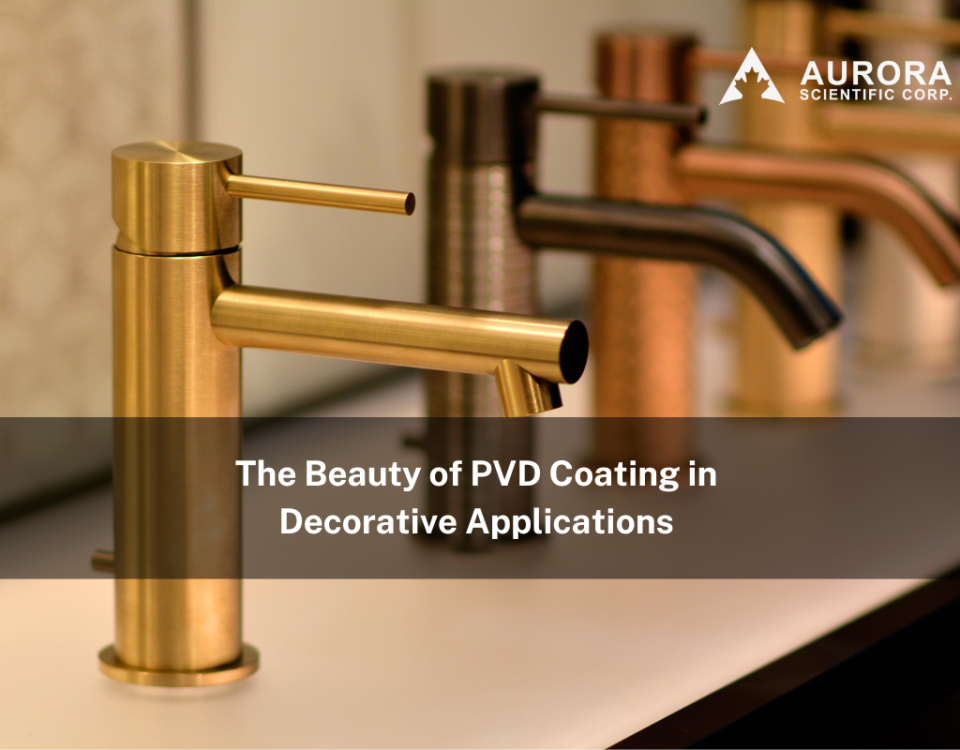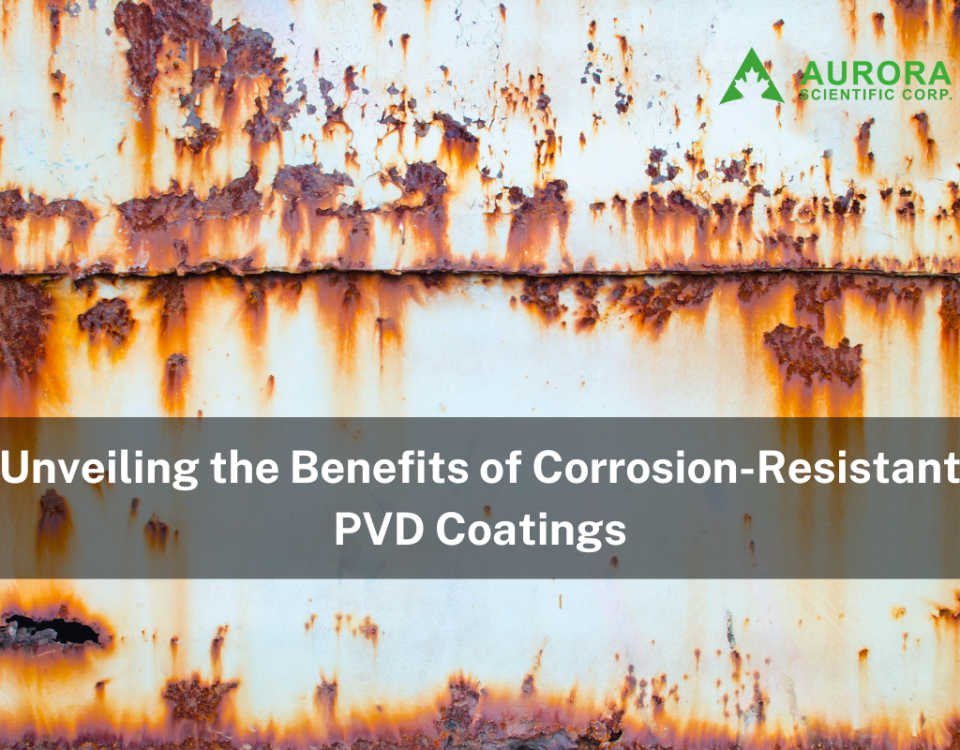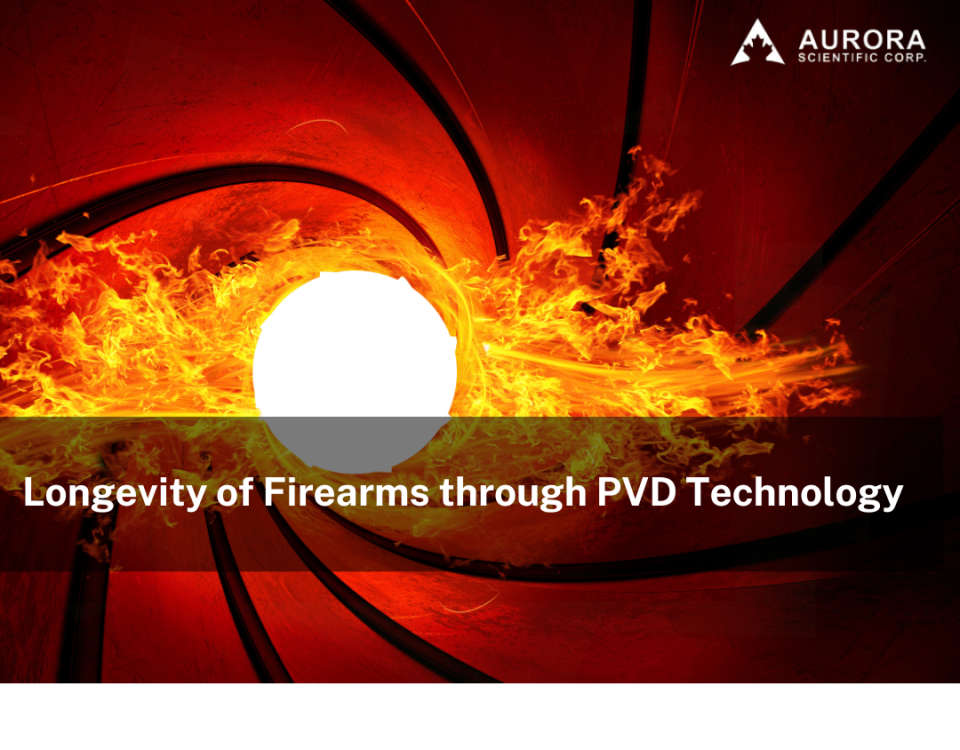
STAR4 PVD Coating System in Action – Part 1
April 27, 2021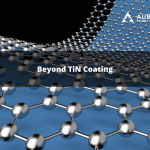
Beyond TiN Coating
July 7, 2021Evolution of TiN-related coatings for cutting tools
TiN stands for Titanium Nitride, a very hard and stable ceramic material. Like many transition metal nitrides such as ZrN, VN, and HfN, TiN thin films possess:- High melting temperature
- High hardness
- Excellent wear resistance
- Chemical stability
- Electrical conductivity
TiN, the grandfather of the nitride family, started its fame in the 1980s when the PVD-deposited TiN coating surpassed the CVD TiC and TiN coatings in wear protection for high-speed steel drills and milling cutters.
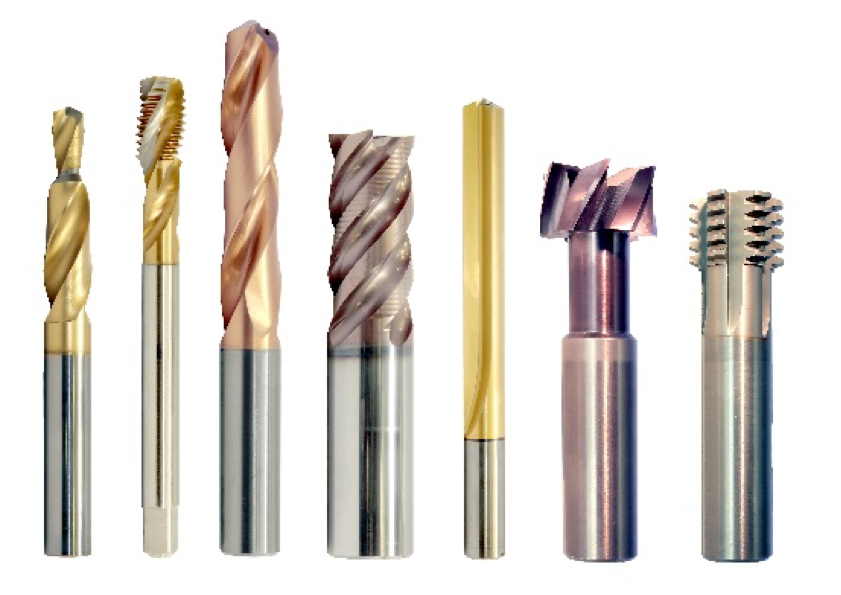
Three advantages of TiN Coating Deposited by PVD technology
1. PVD deposits TiN coatings at temperatures below 450°C and makes it viable to coat HSS cutting tools with a tempering temperature above the PVD coating temperature, but lower than the CVD processing temperature.2. PVD coating is typically deposited at a thickness of around 3 microns, preserving the sharpness of the cutting edges without dulling. So, high-speed machining requiring a high surface finish favors the PVD TiN coating.
3. The PVD process deposits TiN coatings with compressive residual stress, compared with the CVD-TiN with tensile residual stress, which will better resist the propagation of inevitable micro-cracks at cutting edges and effectively prevent chipping during heavy machining.
TiN had been a general-purpose, simple, and cost-effective coating for machining industries ever since its commercialization some 50 years ago. Moreover, the unique golden color of TiN also finds its tremendous opportunities in decorative coating markets.
What is TiCN, TiAlN and TiAlSiN?
TiCN
TiCN was commercialized as the second-generation hard coating right after TiN, improving the hardness and wear resistance. With the advent of alloy steels and difficult-to-cut work materials, cutting tools seek matching coatings for the new challenge. Therefore, TiCN is developed upon the foundation of TiN by adding carbon atoms to the crystal structure of TiN, and gains mechanical strength through lattice distortion.Like TiN, TiCN made a significant entry into the decorative coating market because of its broad spectrum of colors, corresponding to different C/N ratios. However, the coating process is getting complicated by introducing the second reactive gases. Thus, there is always a trade-off between functionality and simplicity of operation.
TiAlN
TiAlN gained popularity in 90s and quickly became the hard coating of choice for cutting tools. It follows the same principle of TiCN, but with Al atoms in the Ti substitute sites instead. As a result, the lattice distortion is considerably larger than in TiCN and grants TiAlN a super-hard coating for machining jobs.The true advantage of TiAlN is its retention of hardness at higher temperatures due to the oxidation-resistant characteristic of Al element. When deposited by the cathodic arc evaporation technology, a Ti0.5Al0.5N coating can hold up the hardness up to about 800°C. The hot hardness and wear resistance of TiAlN increase with the Al content up to a solubility limit of about 70%.
The hot-hardness of an Al-rich TiAlN can be extended further to about 900°C. The trend of dry-machining of modern industry makes the TiAlN very appealing. The color of TiAlN changes from brown to dark purple according to its Al content. The name of AlTiN applies to the high Al-content TiAlN. When using the cathodic arc evaporation for TiAlN deposition, the macro-droplets become a notable issue with the increase of the Al concentration. Therefore, the selection between TiAlN and AlTiN should be judged with your specific application


